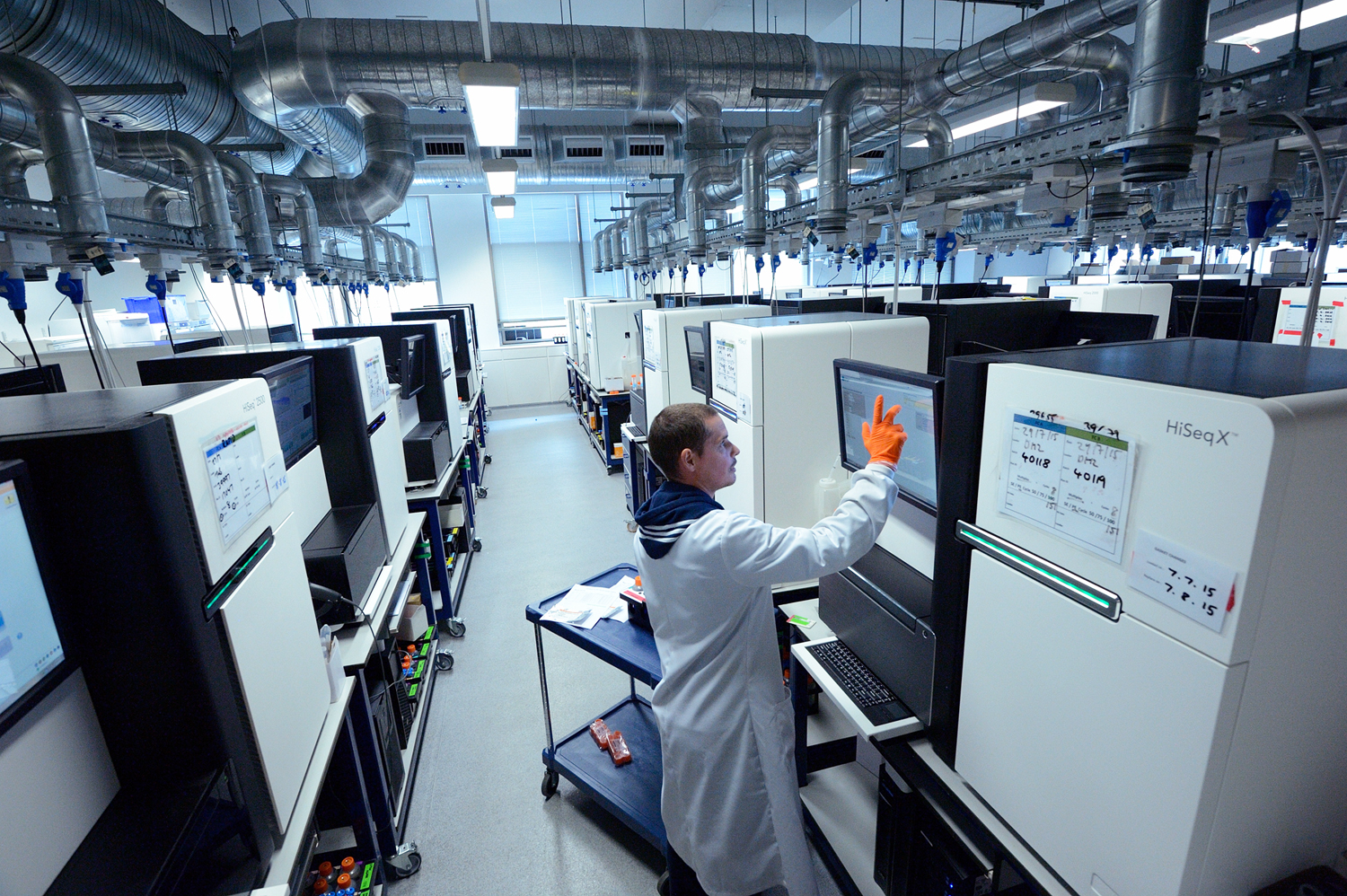
The Impact of Sanger Sequencing Industry on Genome Research
Since its invention in the 1970s by British biochemist Frederick Sanger, Sanger sequencing has played a pivotal role in genomic research. By determining the exact order of nucleotide bases (A, T, C, G) that make up DNA and RNA, Sanger sequencing has allowed scientists to sequence entire genomes of various organisms for the first time. Some of the earliest and most influential genome projects that relied on Sanger sequencing include sequencing the genome of the first free-living organism, Haemophilus influenzae in 1995, sequencing the genome of the nematode Caenorhabditis elegans in 1998, and completing the first draft sequence of the human genome in 2001 under the Human Genome Project.
Without Sanger sequencing, these monumental achievements in genomics would not have been possible. Sanger sequencing formed the foundation for unraveling the genetic blueprints of living things. It allowed scientists to identify and characterize genes, understand relationships between different species, and explore genomic differences underlying traits and diseases. The data generated through Sanger sequencingprojects laid the groundwork for modern biomedical research focused on DNA, RNA, proteins and their roles in human health and disease.
Enabling Personalized Medicine Approaches
In recent years, advances in high-throughput or next-generation sequencing technologies have driven down the costs of sequencing whole human genomes. However, targeted Sanger sequencing still plays an important role, especially in clinical settings. Due to its high accuracy, Sanger Sequencing remains the gold standard for validating variants identified through initial genome-wide screens. It is routinely used to analyze specific genes or genomic regions linked to hereditary disorders in individual patients.
In the area of cancer genomics as well, Sanger sequencing plays a vital role. It allows identification of somatic mutations present in tumor versus normal samples from cancer patients. Elucidating the mutational landscape of a patient’s cancer through targeted Sanger sequencing has significant implications for tailoring treatment regimens. For example, detecting EGFR mutations in lung cancer helps guide use of targeted therapies like gefitinib. Similarly, sequencing tumor samples for mutations in genes like BRAF, KRAS and NRAS is becoming standard of care for managing melanoma and colorectal cancer.
The widespread adoption of Sanger sequencing in clinical settings has been instrumental in advancing the paradigm of personalized medicine. By revealing the genomic underpinnings of a patient’s condition, Sanger sequencing enables disease management strategies to be customized based on a person’s unique genetic profile and mutational background. This transition to a more individualized approach promises better outcomes through improved diagnosis, prognostics and therapeutics for many conditions.
Enabling Discovery in Sanger Sequencing Industry
While next-generation sequencing has streamlined microbial genome sequencing projects, targeted Sanger sequencing still finds application in studying microbial diversity, evolution and epidemiology. For instance, projects tracking the dissemination of antibiotic resistance aim to sequence discrete genes associated with drug resistance in bacterial isolates. By comparing sequences obtained through Sanger sequencing, scientists can define relationships between strains and trace transmission routes to curb further spread of resistance.
In outbreak investigations as well, Sanger sequencing plays an active role by allowing rapid characterization of pathogen genomes to identify sources and transmission chains. During the recent Ebola epidemic in West Africa, Sanger sequencing was employed to monitor mutations arising in the Ebola virus and track chains of transmission in real-time. Such genomic surveillance through targeted sequencing proved critical for mounting an effective public health response to contain the outbreak.
Going forward as well, Sanger sequencing will remain a mainstay for examining genetic variability at specific loci within microbial populations. Combined with bioinformatic tools, it empowers investigations into within-host evolution of pathogens, emergence of new variants with altered phenotypes and fine-scale transmission dynamics – all of which are important to grasp viral and bacterial evolution as well as devise improved control strategies.
Transforming Molecular Diagnostics
The fidelity and throughput of Sanger sequencing also enabled its widespread adoption in assays for molecular diagnostics. Today, Sanger sequencing forms the basis of many clinically approved tests that screen for pathogenic mutations associated with genetic disorders. Some examples include tests for cystic fibrosis, fragile X syndrome, various cancer susceptibility syndromes and molecular authentication of infectious disease pathogens.
Compared to alternative detection methods, sequencing-based molecular diagnostic assays offer higher sensitivity and specificity through direct interrogation of DNA or RNA sequences. This has transformed carrier screening, prenatal testing, newborn screening and infectious disease diagnostics. Currently, many molecular diagnostic firms are developing sequencing panels leveraging Sanger sequencing to enable simultaneous testing of multiple genetic loci linked to an array of conditions from a single patient sample.
The standardization and automation of Sanger sequencing protocols over the years has facilitated its integration into molecular diagnostic workflows. With high accuracy and moderate throughput, Sanger sequencing assays are well-suited for clinical environments and can feasibly be scaled up to address growing testing demands globally. Their widespread implementation has tangibly improved healthcare by enabling early disease detection, guiding treatment choices, informing reproductive options, and expediting initiation of public health measures.
For nearly five decades now, Sanger sequencing has played an indispensable role in multiple areas of life sciences research and biomedical progress. It serves as a foundation technology that laid the groundwork for paradigm-shifting scientific advances from sequencing the first genomes to ushering in the era of personalized medicine approaches. Even today, targeted Sanger sequencing continues contributing valuable insights through applications in pathogen surveillance, molecular epidemiology, clinical diagnostics and validation of genomic discoveries. While new sequencing platforms constantly emerge with higher throughput, Sanger sequencing remains as robust, affordable and versatile as ever for sequencing focused regions with great reliability. Its widespread adoption worldwide has made fundamental contributions to human health on a global scale.
Get More insights On Sanger Sequencing